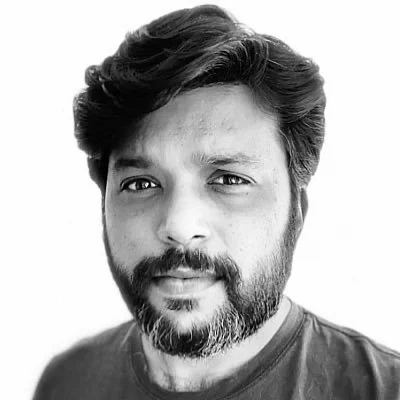Pulitzer Prize-winning Indian photojournalist Danish Siddiqui was not simply killed in a crossfire, nor was he collateral damage, but was brutally murdered by the Taliban, a report published by American magazine Washington Examiner said on Thursday, 29 July.
Reuters Chief Photographer Siddiqui was killed on 16 July while covering a clash between Afghan security forces and Taliban fighters near a border crossing with Pakistan.
Siddiqui had travelled with an Afghan National Army team to the Spin Boldak region to cover the clash between Afghan forces and the Taliban.
When they got to within one-third of a mile of the customs post, a Taliban attack split the team, with the commander and a few men separated from Siddiqui, who remained with three other Afghan troops, the report said.
During this assault, Siddiqui was hit with shrapnel, following which he and his team went to a local mosque for first aid. As the word spread, however, that a journalist was in the mosque, the Taliban attacked, as per the report.
The local investigation suggests that the Taliban attacked the mosque only because of Siddiqui's presence there, it said.
“Siddiqui was alive when the Taliban captured him. The Taliban verified Siddiqui’s identity and then executed him, as well as those with him. The commander and the remainder of his team died as they tried to rescue him,” the report by Michael Rubin further stated.
"While a widely circulated public photograph shows Siddiqui's face as recognisable, I reviewed other photographs and a video of Siddiqui's body provided to me by a source in the Indian government that show the Taliban beat Siddiqui around the head and then riddled his body with bullets," Rubin, a senior fellow at the American Enterprise Institute, wrote in the report.
The Taliban's decision to hunt down, execute Siddiqui, and then mutilate his corpse shows that they do not respect the rules of war or conventions that govern the behaviour of the global community, Rubin further said.
In the report, Rubin also compared the Khmer Rouge and the Taliban, saying that both 'infused radical ideology with racist animus'. He also added that the Taliban, while always brutal, likely took their cruelty to a new level because Siddiqui was an Indian.
"In effect, Siddiqui's murder appears to show that the Taliban have concluded that their pre-9/11 mistake was not that they were cruel and autocratic, but rather that they were not violent or totalitarian enough," Rubin wrote in the report.
The Indian journalist had been covering the situation in Kandahar in the last few days prior to his death.
A Pulitzer Prize-Winning Journalist
In 2018, Siddiqui was one of two Indians in a seven-member Reuters team that bagged the Pulitzer Prize for Feature Photography for their series, which documented the Rohingya refugee crisis.
In his time as a photojournalist, Siddiqui covered stories in Asia, Middle East, and Europe, such as the wars in Afghanistan and Iraq, the Rohingya refugees crisis, Hong Kong protests, Nepal earthquakes, Mass Games in North Korea, and the living conditions of asylum seekers in Switzerland.
His work has been widely published in scores of magazines, newspapers, slideshows and galleries.
“A photo should draw people and tell them the whole story without being loud,” Siddiqui had told Scroll.in in 2018.
After his death in Afghanistan, Siddiqui's mortal remains were brought back to Delhi on 18 July evening, and were laid to rest at the Jamia Millia Islamia graveyard.
(With inputs from Washington Examiner and Scroll.in)
